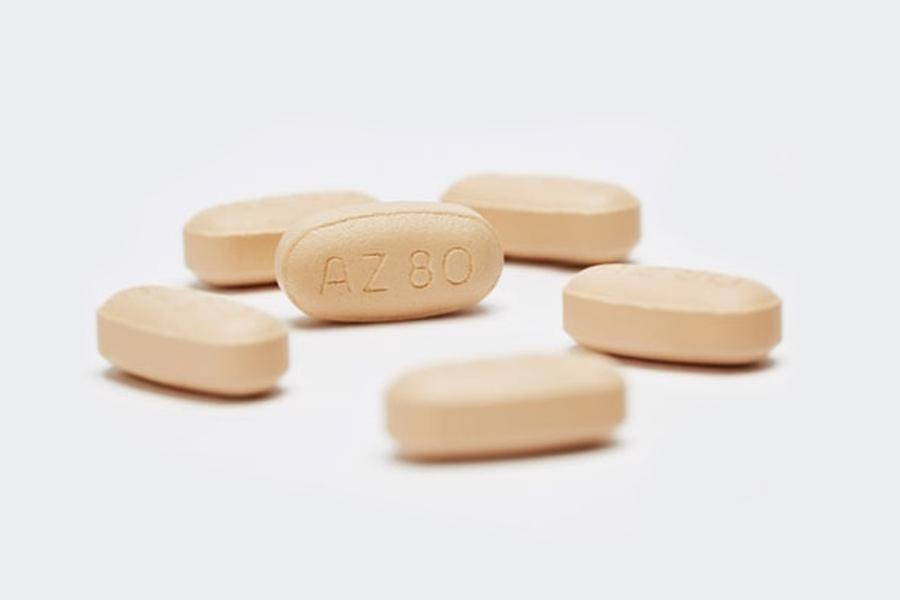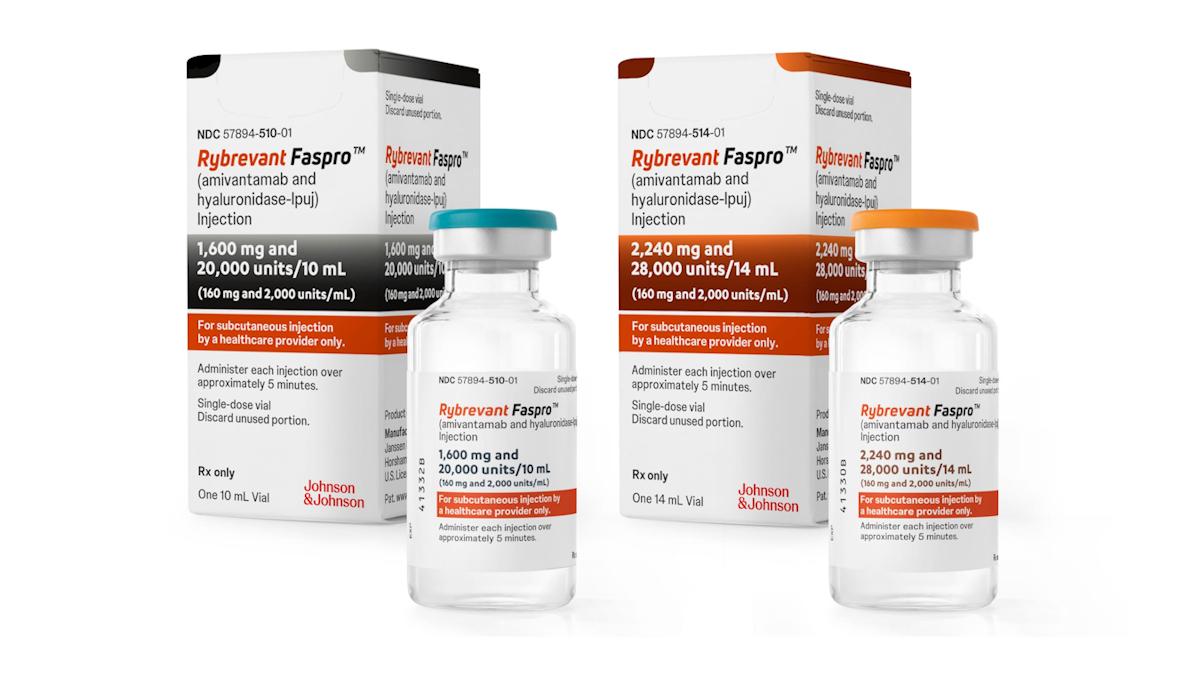WCLC: Chemo adds efficacy and side effects to AZ's Tagrisso

Giving AstraZeneca's EGFR tyrosine kinase inhibitor (TKI) inhibitor Tagrisso in combination with chemotherapy to patients with EGFR-mutated non-small cell lung cancer (NSCLC) improves progression-free survival – at the expense of a higher side-effect burden – and could be practice-changing.
That's the view of International Association for the Study of Lung Cancer (IASLC) president Heather Wakelee of Stanford University, who said the results of the FLAURA2 study were among the most keenly anticipated ahead of the organisation's World Congress on Lung Cancer (WCLC), currently ongoing in Singapore.
"An earlier phase 3 trial, FLAURA, reported a 54% reduction in the risk of progression or death for osimertinib [Tagrisso] monotherapy versus earlier generation TKI comparators and changed practice patterns in many parts of the world," she said.
Dr Wakelee thinks the 557-subject FLAURA2 has the same potential, as the question of how much chemotherapy adds to first-line Tagrisso has tested in several trials in the past, but not at the scale attempted by AZ in this latest study.
The drugmaker teased the results earlier this year but provided details of the hard data at WCLC, including that the combination reduced the risk of disease progression or death by 38% compared to Tagrisso alone, a statistically significant improvement.
Median progression-free survival (PFS) was extended by 8.8 months with the dual therapy from 16.7 to 25.5 months – with a benefit seen across all patient subgroups – although the greatest impact was seen in patients whose cancer had metastasised to the brain, around 40% of the study population.
In that subgroup, PFS improved by 53% compared to Tagrisso monotherapy. In those without brain metastases, the improvement was 23%. There was also a trend towards improved overall survival that will be followed up to see if it clears the threshold for statistical significance.
Adding chemo to the regimen inevitably added to adverse events, with almost two-thirds of patients (64%) having a grade 3 or worse side effect versus 27% of those on Tagrisso alone.
Lead investigator Pasi Jänne of the Dana-Farber Cancer Institute in the US said the data mean that "patients may soon have a choice of two highly effective osimertinib-based treatment options in this advanced disease setting."
The results suggest that AZ may be able to extend the label for Tagrisso in the first-line setting as it faces the threat of competition from other EGFR-targeting drugs, notably Johnson & Johnson's bispecific EGFR/MET-targeting antibody Rybrevant (amivantamab).
Rybrevant is currently approved only for a subcategory of EGFR+ NSCLC patients with exon 20 mutations – a niche indication not on Tagrisso's label.
J&J is running trials to extend its use in the first-line setting, notably the MARIPOSA trial in combination with TKI lazertinib, which is a head-to-head comparison with AZ's drug – its top seller with sales of more than $2.9 billion in the first half of this year.
The FLAURA-2 results come shortly after AZ reported data from the ADAURA trial, which found that Tagrisso can improve survival when used as an adjuvant therapy in early-stage EGFR-positive NSCLC, giving the drugmaker another area for expansion if competition increases in more advanced disease settings.












